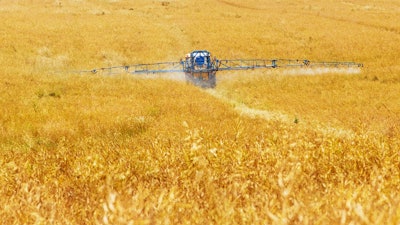
Net farm income in the United States is expected to reach $177 billion in 2025, a substantial increase from $128 billion in 2024, according to new projections from the Food and Agricultural Policy Research Institute (FAPRI) at the University of Missouri.
However, the surge appears temporary, with researchers forecasting a $31 billion decline in 2026 as government payments decrease and crop prices remain weak.
"Despite strong income this year, much of the gain is temporary," said Pat Westhoff, FAPRI director. "As emergency payments dry up and crop prices remain weak, we project a $31 billion decline in farm income next year."
The report, which incorporates data available in August 2025 and accounts for changes in the One Big Beautiful Bill Act signed into law in July, presents a mixed outlook across agricultural sectors.
Corn prices are expected to fall significantly due to record production, with the 2025-26 marketing year average projected at $4.05 per bushel. Soybean prices should increase slightly to $10.16 per bushel as reduced acreage and strong biofuel demand tighten supplies.
Other crop prices generally remain weak, with large global supplies pressuring wheat, rice, sorghum and barley. Cotton stands as an exception, with prices supported at 66.5 cents per pound due to a smaller crop.
Livestock producers face better prospects, with cattle prices reaching new records due to tight supplies and strong domestic demand. These prices are expected to climb even higher in 2026 before increased production brings moderation.
Food price inflation is projected at 2.9% in 2025, driven largely by beef prices rising more than 10% for the year. While food-at-home inflation should moderate in 2026, restaurant costs are expected to continue increasing.
Westhoff emphasized that these projections reflect current conditions and could change with shifts in policy, weather or markets.
















